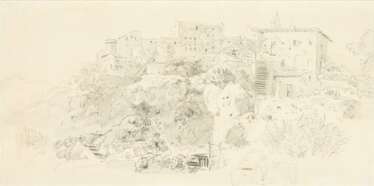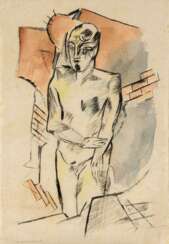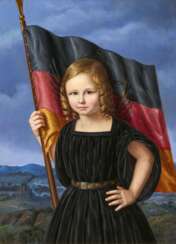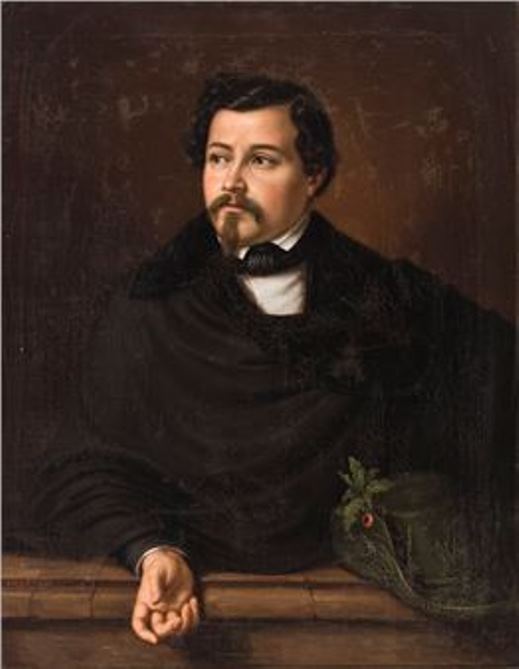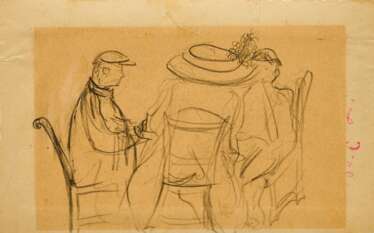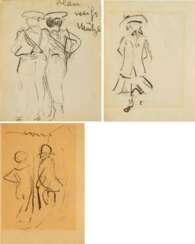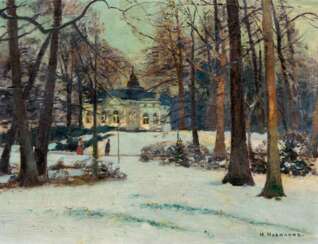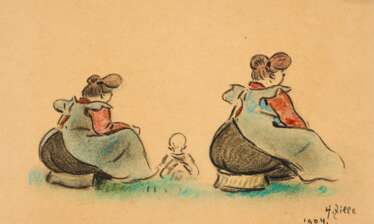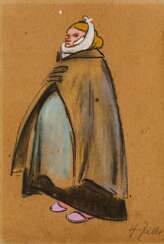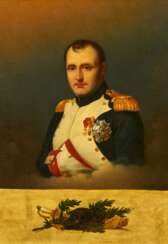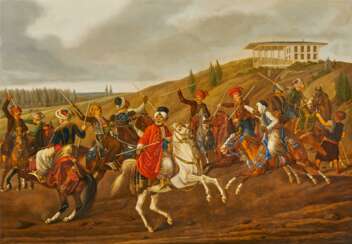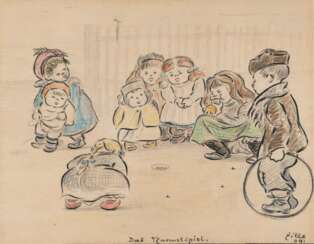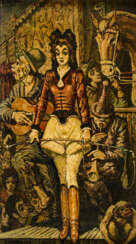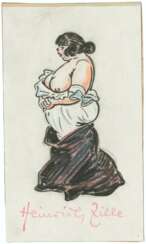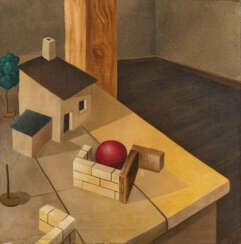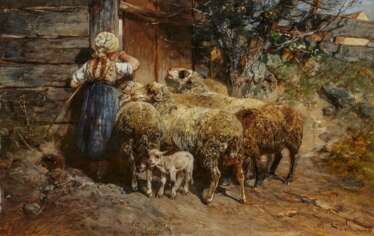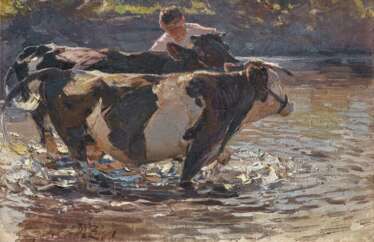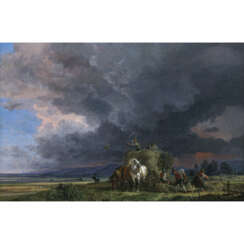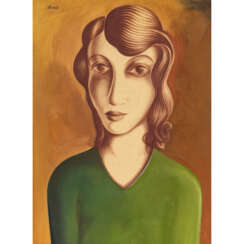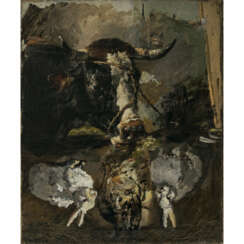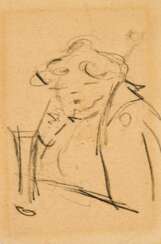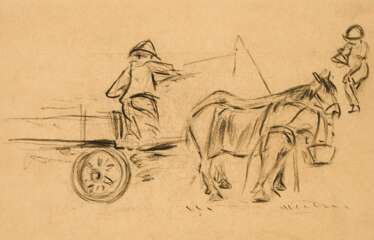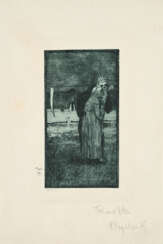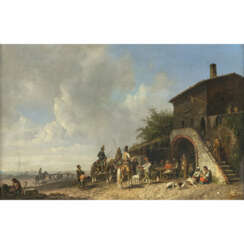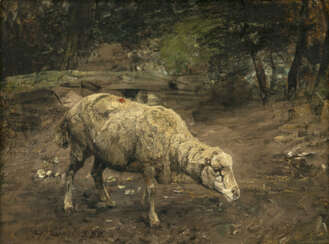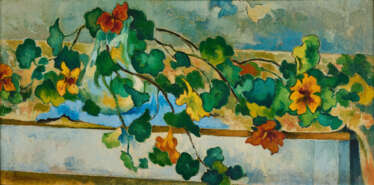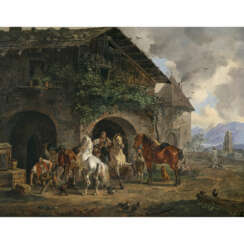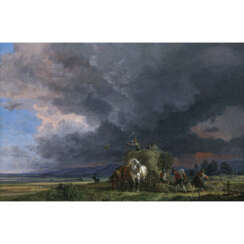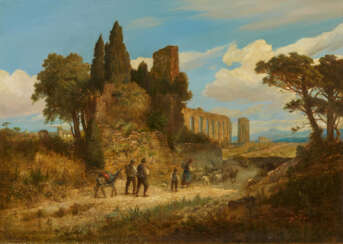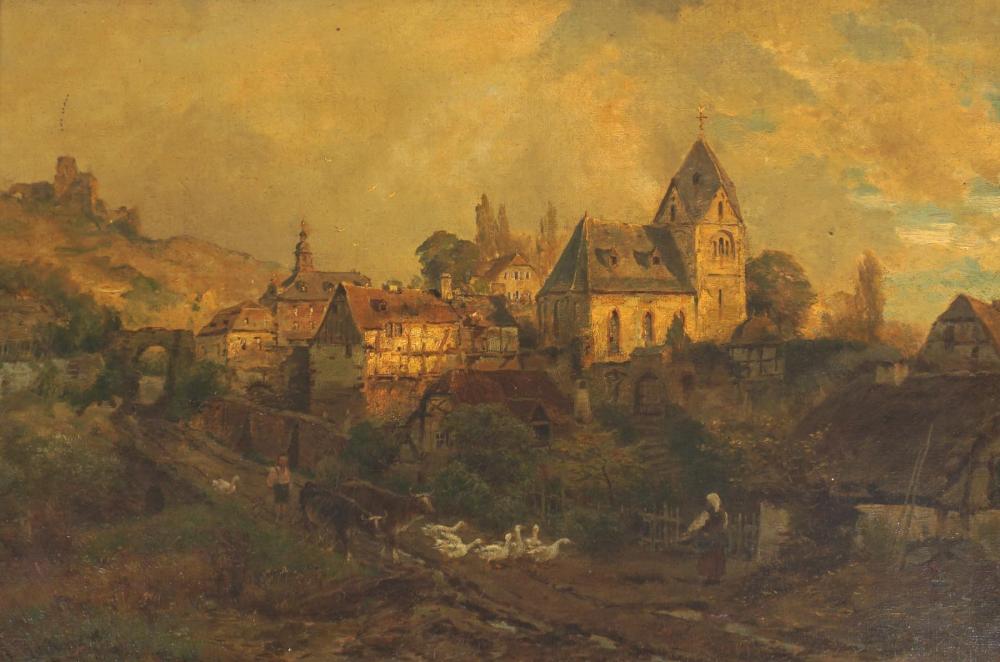heinrich
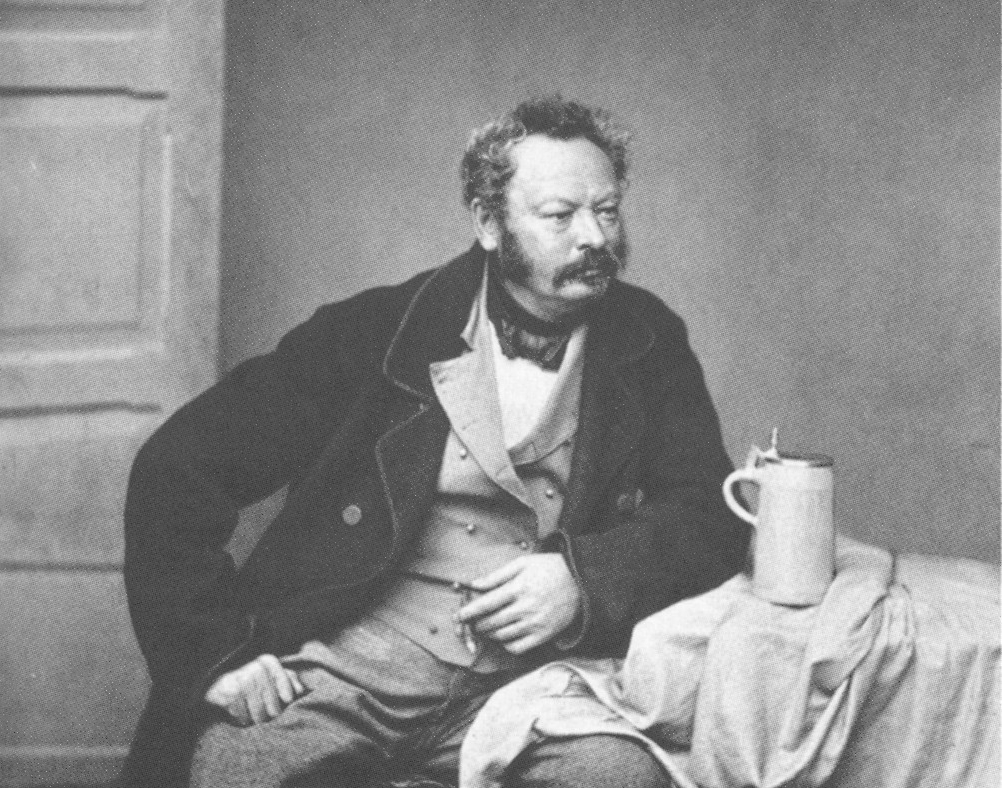
Heinrich Bürkel was a German artist of the mid-nineteenth century. He is known as a painter and graphic artist, representative of the Biedermeier style.
Heinrich Bürkel specialized in genre and landscape paintings, especially winter landscapes. He often used Staffage and depicted animals. His work showed the influence of the old Dutch and Italian masters. Bürkel enjoyed great popularity, his paintings were actively acquired for private collections, including in America. The master painted about 1000 paintings and created about 6000 drawings.


Heinrich Bürkel was a German artist of the mid-nineteenth century. He is known as a painter and graphic artist, representative of the Biedermeier style.
Heinrich Bürkel specialized in genre and landscape paintings, especially winter landscapes. He often used Staffage and depicted animals. His work showed the influence of the old Dutch and Italian masters. Bürkel enjoyed great popularity, his paintings were actively acquired for private collections, including in America. The master painted about 1000 paintings and created about 6000 drawings.


Heinrich Bürkel was a German artist of the mid-nineteenth century. He is known as a painter and graphic artist, representative of the Biedermeier style.
Heinrich Bürkel specialized in genre and landscape paintings, especially winter landscapes. He often used Staffage and depicted animals. His work showed the influence of the old Dutch and Italian masters. Bürkel enjoyed great popularity, his paintings were actively acquired for private collections, including in America. The master painted about 1000 paintings and created about 6000 drawings.

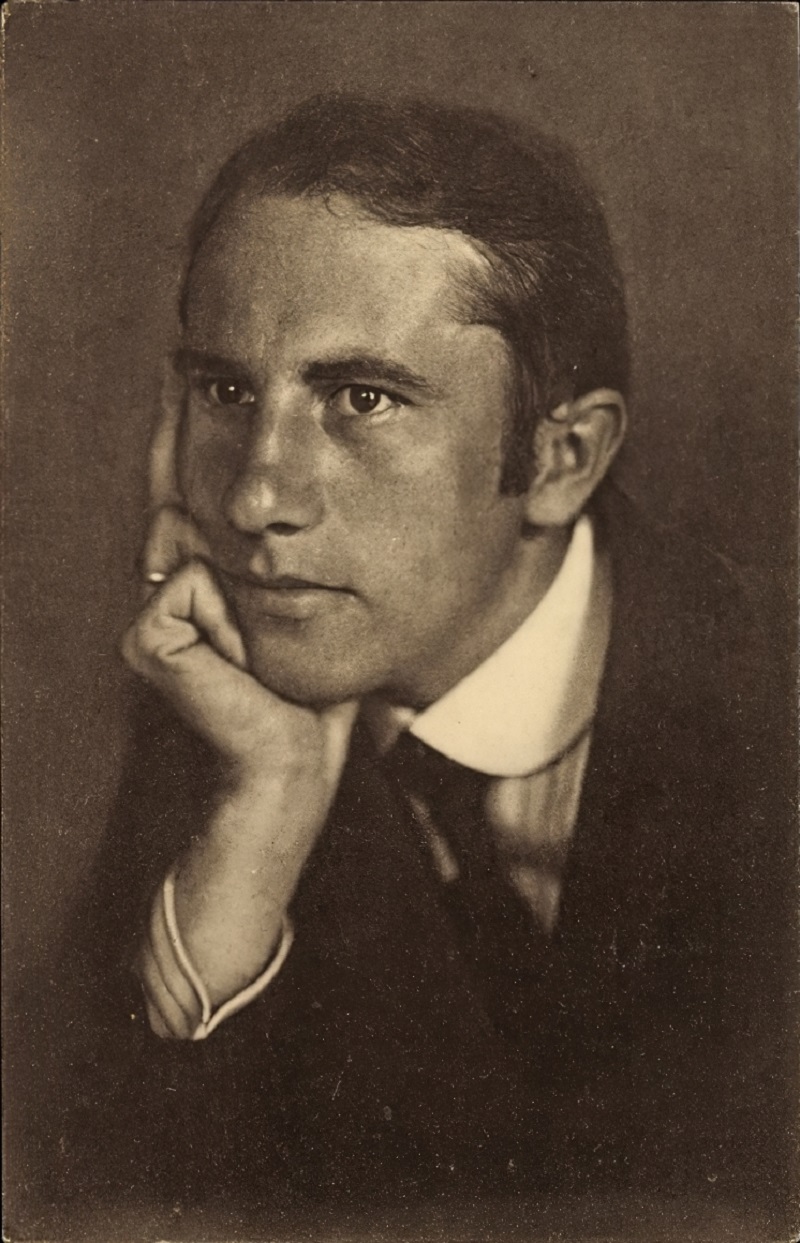
Heinrich Mathias Ernst Campendonk was a painter and graphic designer born in Germany who became a naturalized Dutch citizen.

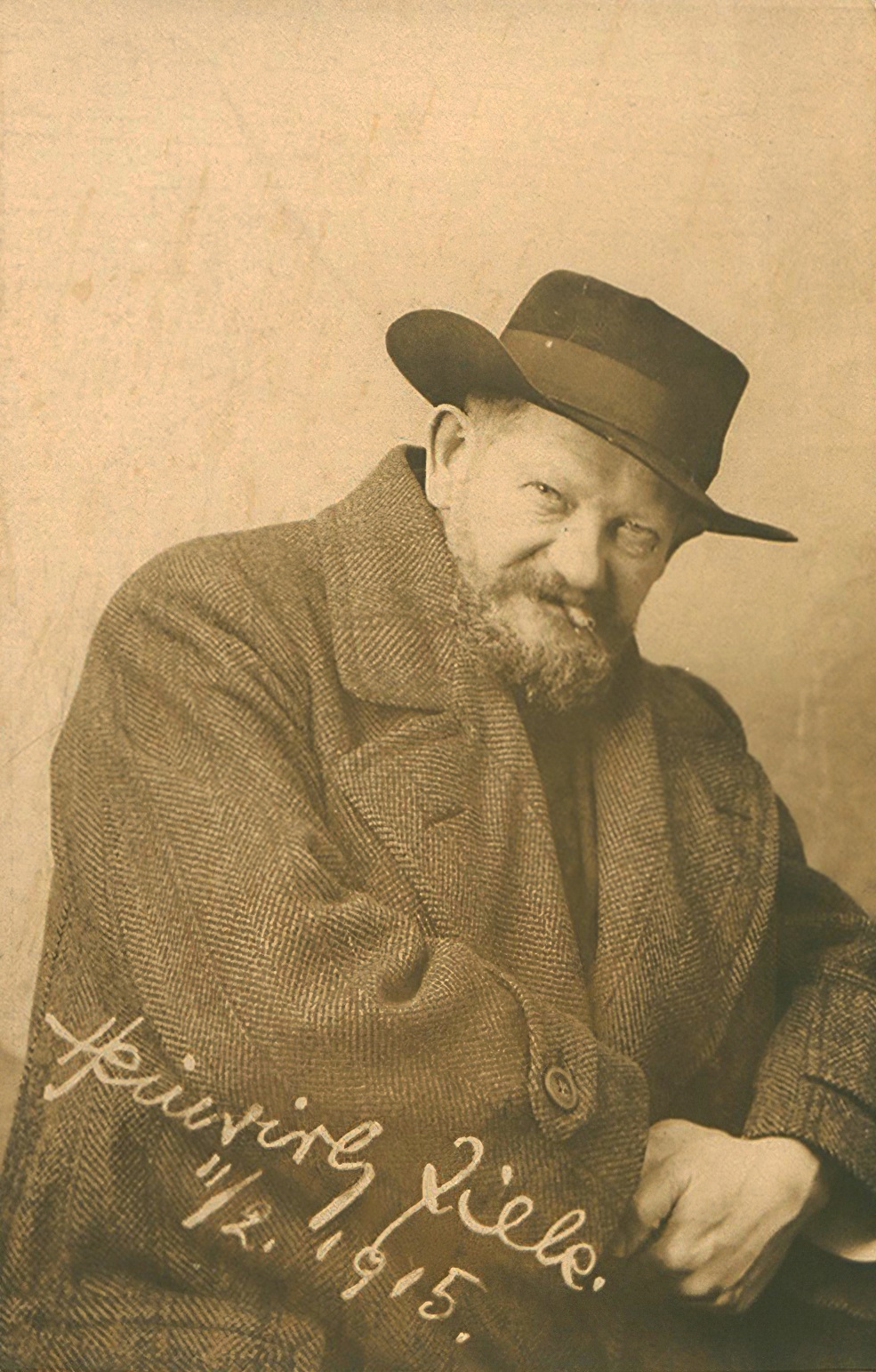
Heinrich Rudolf Zille was a German illustrator, caricaturist, lithographer and photographer.
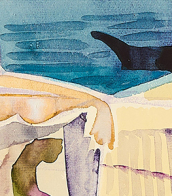

Heinrich Rudolf Zille was a German illustrator, caricaturist, lithographer and photographer.

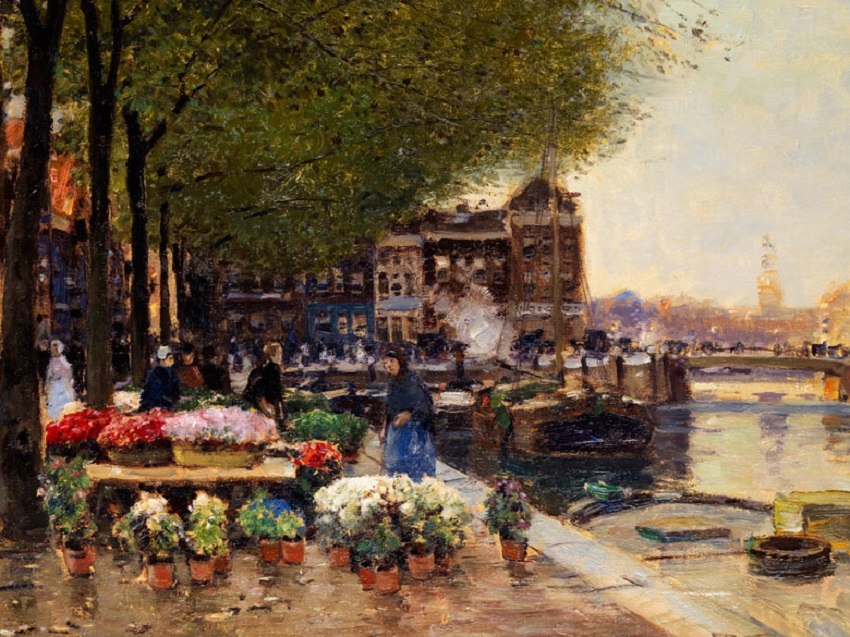
Heinrich Hermanns was a German lithographer and landscape painter. He was also known for architectural paintings and vedute and was associated with the Düsseldorfer Malerschule.


Heinrich Rudolf Zille was a German illustrator, caricaturist, lithographer and photographer.
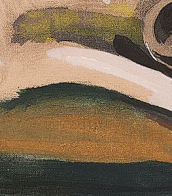

Heinrich Rudolf Zille was a German illustrator, caricaturist, lithographer and photographer.

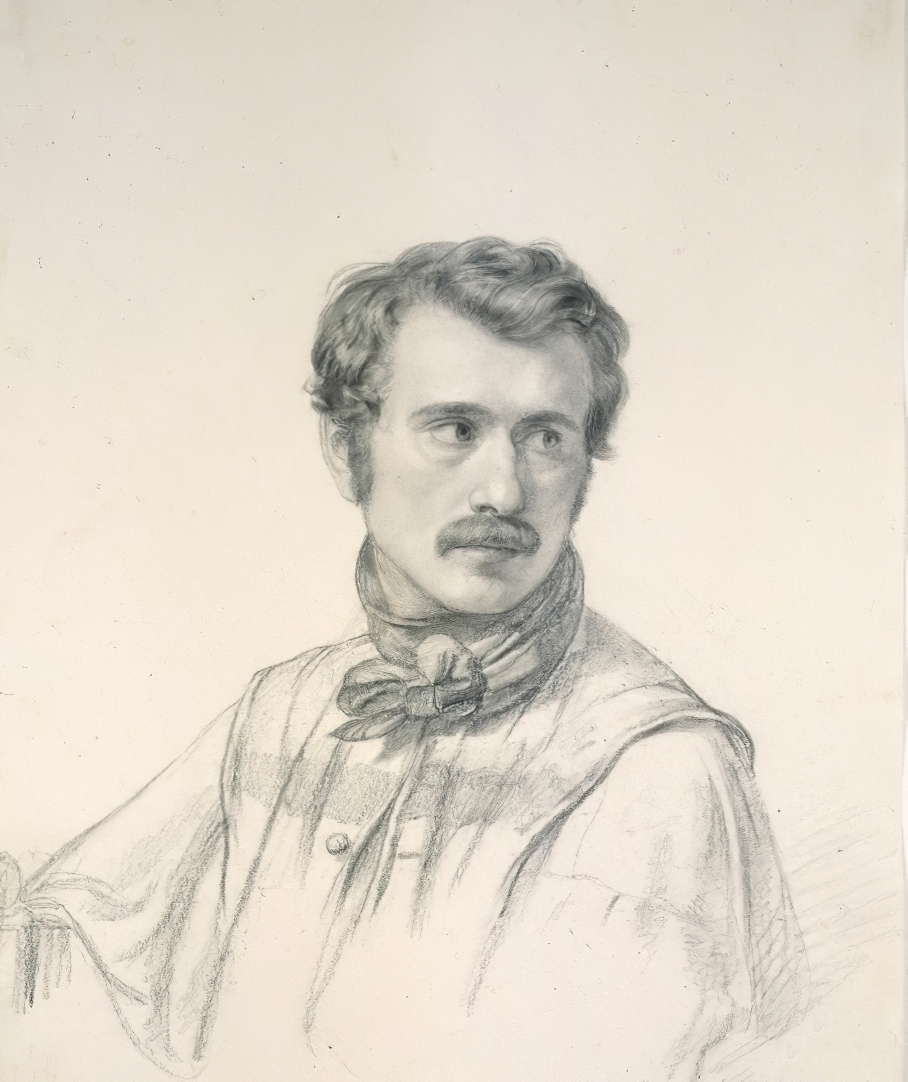
Johann Heinrich Richter was a German painter. He studied jewellery craftsmanship in Koblenz with his father. Between 1822 and 1827 he studied painting in Paris with Anne-Louis Giroud-Triozon and François Gérard.
Johann Heinrich Richter painted historical pictures at the Royal Academy of Fine Arts in Munich and at the same time was actively engaged in portrait painting.
Richter's works are represented in various museums in Germany and the Netherlands, as well as being part of some private collections.

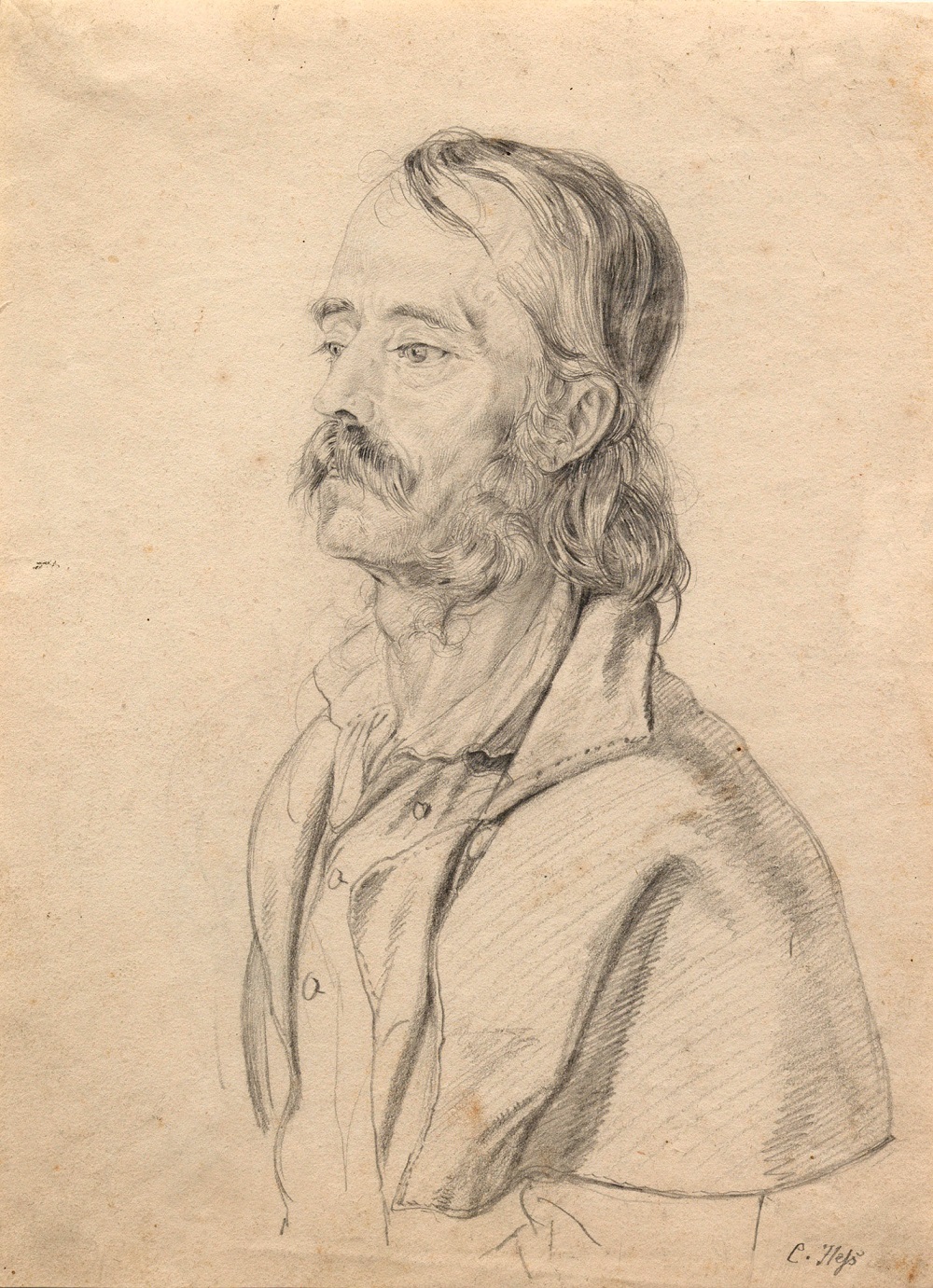
Carl Adolph Heinrich Hess was a German animalist, battalionist and teacher. He studied the works of the old masters at the Dresden Gallery.
Carl Adolph Heinrich Hess travelled extensively in Russia, Hungary, Turkey and Britain, studying different breeds of horses and achieved mastery in their portrayal.
He lived in Vienna from 1808, where he taught at the Academy of Fine Arts. In 1825 he published a collection of life-size lithographs of horse heads.
He was an honorary member of the Berlin Academy of Arts.


Heinrich Rudolf Zille was a German illustrator, caricaturist, lithographer and photographer.

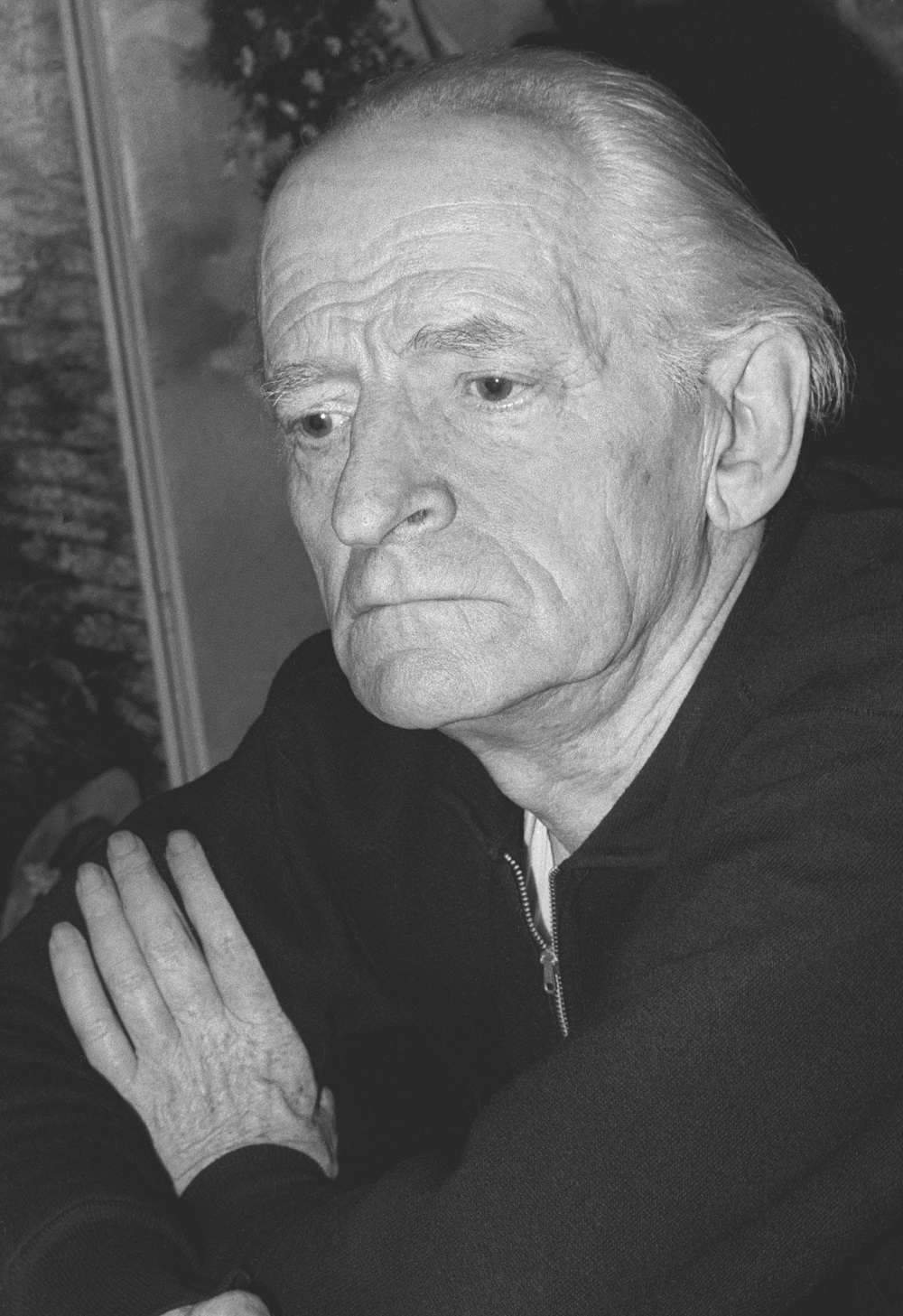
Gert Heinrich Wollheim was a German expressionist painter later associated with the New Objectivity, who fled nazi Germany and worked in the United States after 1947.


Heinrich Rudolf Zille was a German illustrator, caricaturist, lithographer and photographer.
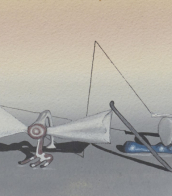
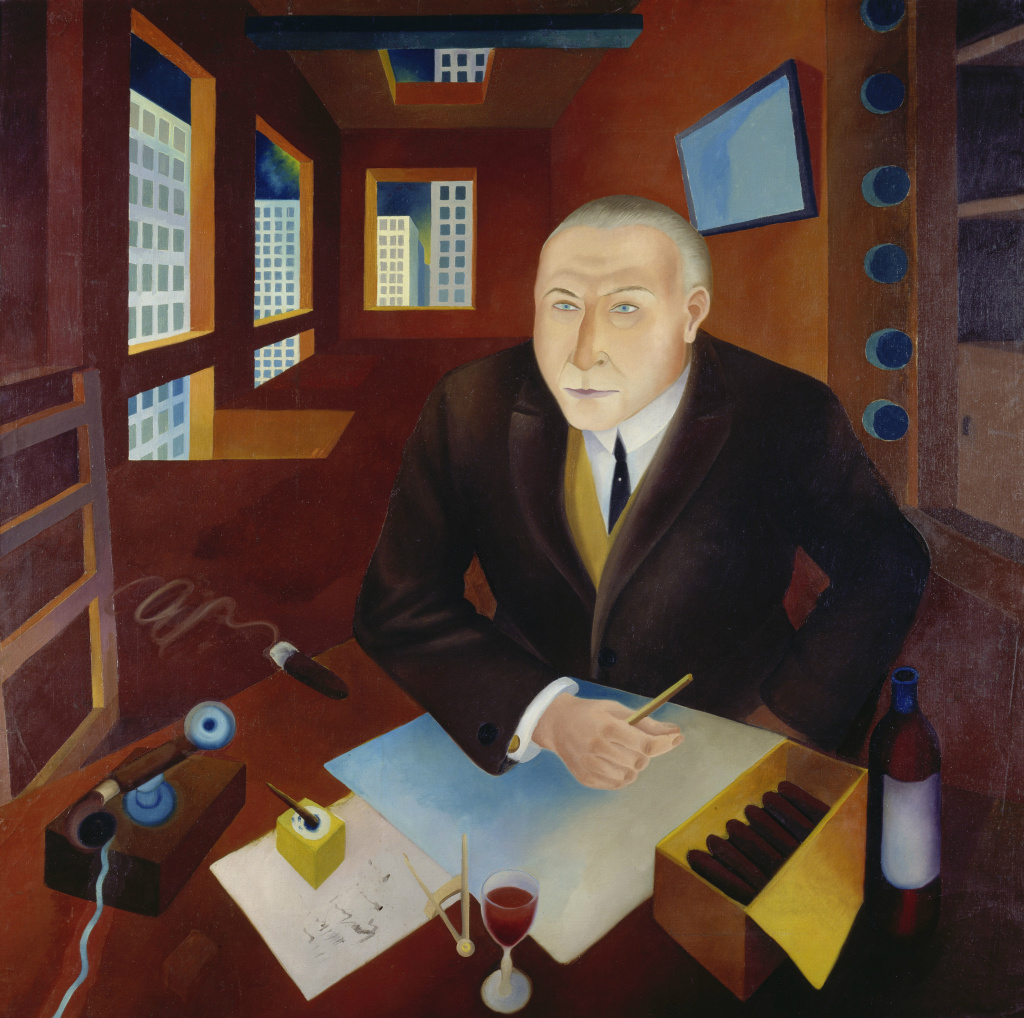
Heinrich Maria Davringhausen was a German painter associated with the New Objectivity. Davringhausen was born in Aachen. Mostly self-taught as a painter, he began as a sculptor, studying briefly at the Düsseldorf Academy of Arts before participating in a group exhibition at Alfred Flechtheim's gallery in 1914. He also traveled to Ascona with his friend the painter Carlo Mense that year. At this early stage his paintings were influenced by the expressionists, especially August Macke.

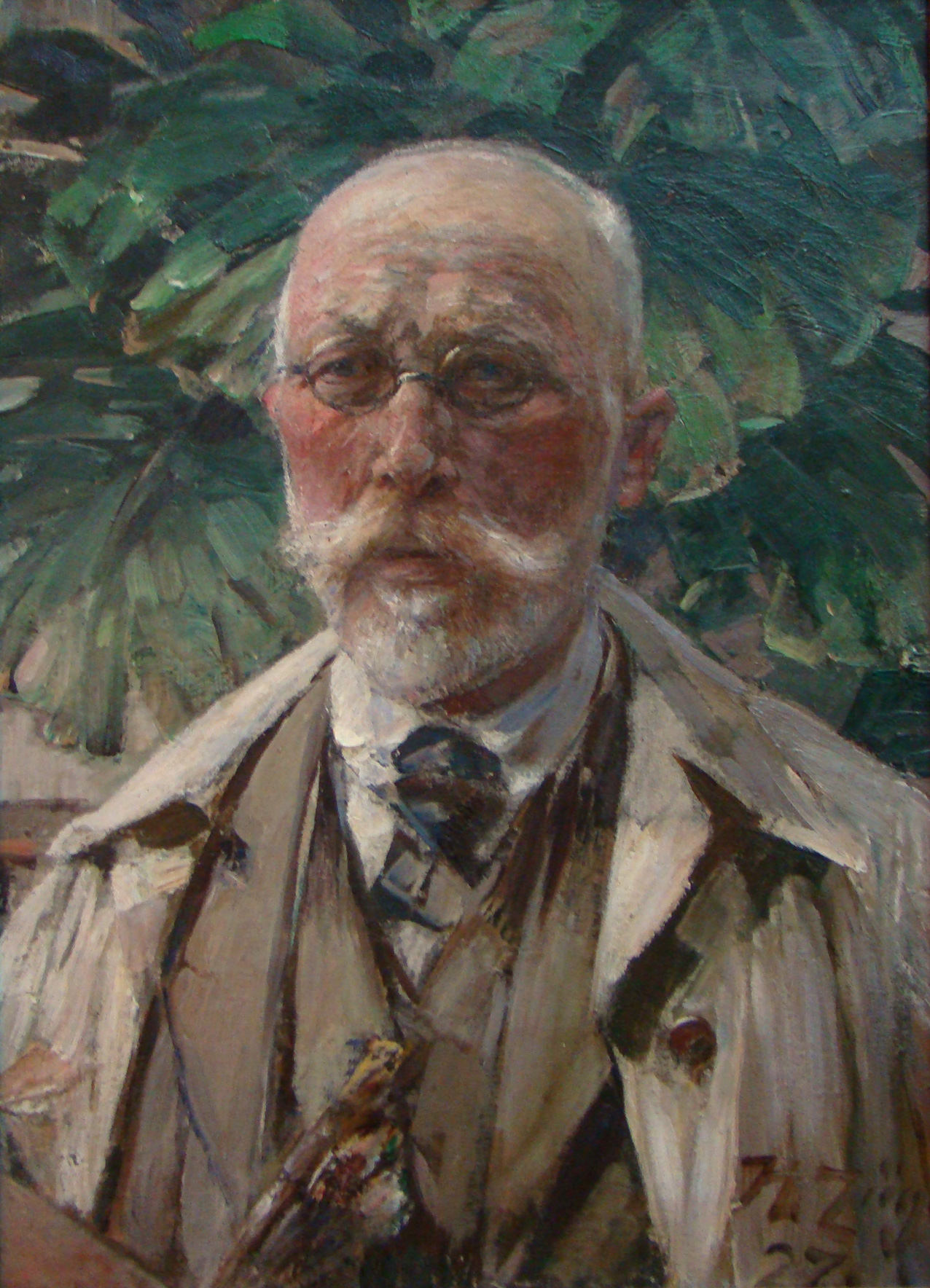
Heinrich Johann von Zügel was a German painter of the late nineteenth century and the first half of the twentieth century. He is known as a painter who specialized in depicting farm animals in dramatic and humorous situations.
Von Zügel invested more than 40 years in the subject of "Hard Labor," depicting mostly the work of oxen. By creating 24 versions of this subject, the artist demonstrated the evolution of his skill from realistic detailing to cubic and monumental interpretation. Von Zügel also created light impressionist paintings, including a self-portrait at the age of 77. In addition to animals, he also painted portraits and cityscapes.


Heinrich Johann von Zügel was a German painter of the late nineteenth century and the first half of the twentieth century. He is known as a painter who specialized in depicting farm animals in dramatic and humorous situations.
Von Zügel invested more than 40 years in the subject of "Hard Labor," depicting mostly the work of oxen. By creating 24 versions of this subject, the artist demonstrated the evolution of his skill from realistic detailing to cubic and monumental interpretation. Von Zügel also created light impressionist paintings, including a self-portrait at the age of 77. In addition to animals, he also painted portraits and cityscapes.


Heinrich Bürkel was a German artist of the mid-nineteenth century. He is known as a painter and graphic artist, representative of the Biedermeier style.
Heinrich Bürkel specialized in genre and landscape paintings, especially winter landscapes. He often used Staffage and depicted animals. His work showed the influence of the old Dutch and Italian masters. Bürkel enjoyed great popularity, his paintings were actively acquired for private collections, including in America. The master painted about 1000 paintings and created about 6000 drawings.

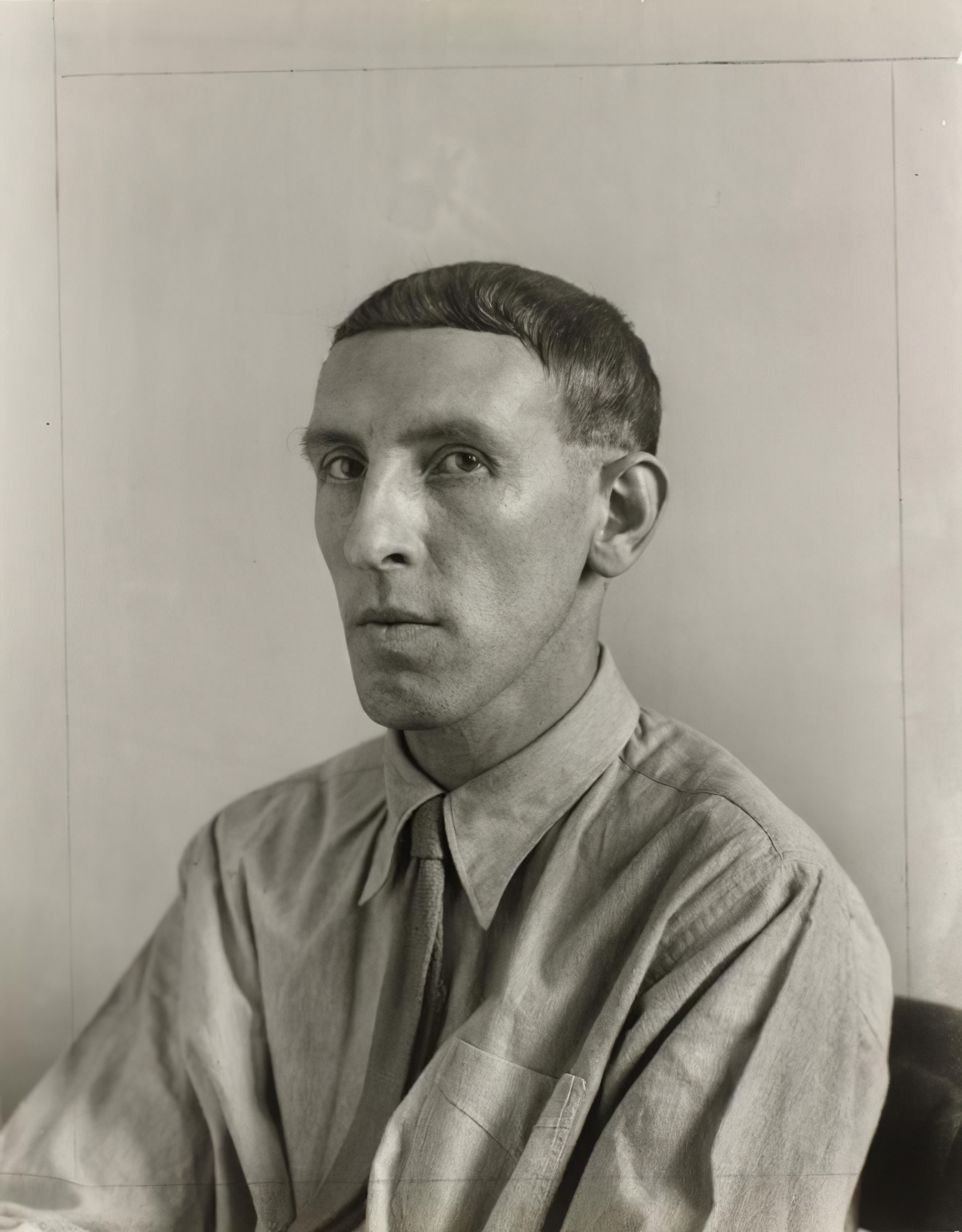
Heinrich Hoerle was a notable German artist, distinguished for his contributions to the constructivist movement and the New Objectivity movement. Born in Cologne, Heinrich Hoerle was largely self-taught, developing a unique style after his experiences in World War I and his involvement in the Cologne Dada scene. His works often depicted generic figures in rigid poses or profiles, reflecting his influences from Russian constructivism, French cubism, and the Dutch De Stijl movement. Hoerle co-founded the artist group Stupid and published influential series like the Krüppelmappe (Cripples Portfolio), exploring themes of disability and war's human toll.
His art, which includes pieces like "Denkmal der unbekannten Prothesen," is preserved in various public collections, including Museum Ludwig in Cologne and the Von der Heydt Museum in Wuppertal. Despite facing condemnation by the Nazis, Hoerle's legacy endures through his thought-provoking works that continue to be celebrated and discussed in academic circles, as evidenced by events like the gallery talk at Harvard Art Museums focusing on his Cripple Portfolio series.
For collectors and art enthusiasts, understanding Heinrich Hoerle's impact on modern art provides a valuable perspective on the interplay between art, society, and history. If you're keen on delving deeper into Heinrich Hoerle's artistic journey and wish to stay updated on related auctions and exhibitions, consider subscribing for updates on new product sales and auction events pertaining to his works.


Heinrich Johann von Zügel was a German painter of the late nineteenth century and the first half of the twentieth century. He is known as a painter who specialized in depicting farm animals in dramatic and humorous situations.
Von Zügel invested more than 40 years in the subject of "Hard Labor," depicting mostly the work of oxen. By creating 24 versions of this subject, the artist demonstrated the evolution of his skill from realistic detailing to cubic and monumental interpretation. Von Zügel also created light impressionist paintings, including a self-portrait at the age of 77. In addition to animals, he also painted portraits and cityscapes.
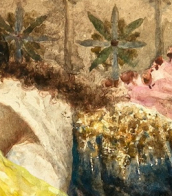

Heinrich Rudolf Zille was a German illustrator, caricaturist, lithographer and photographer.
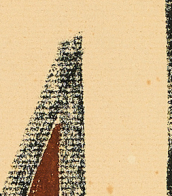

Heinrich Rudolf Zille was a German illustrator, caricaturist, lithographer and photographer.

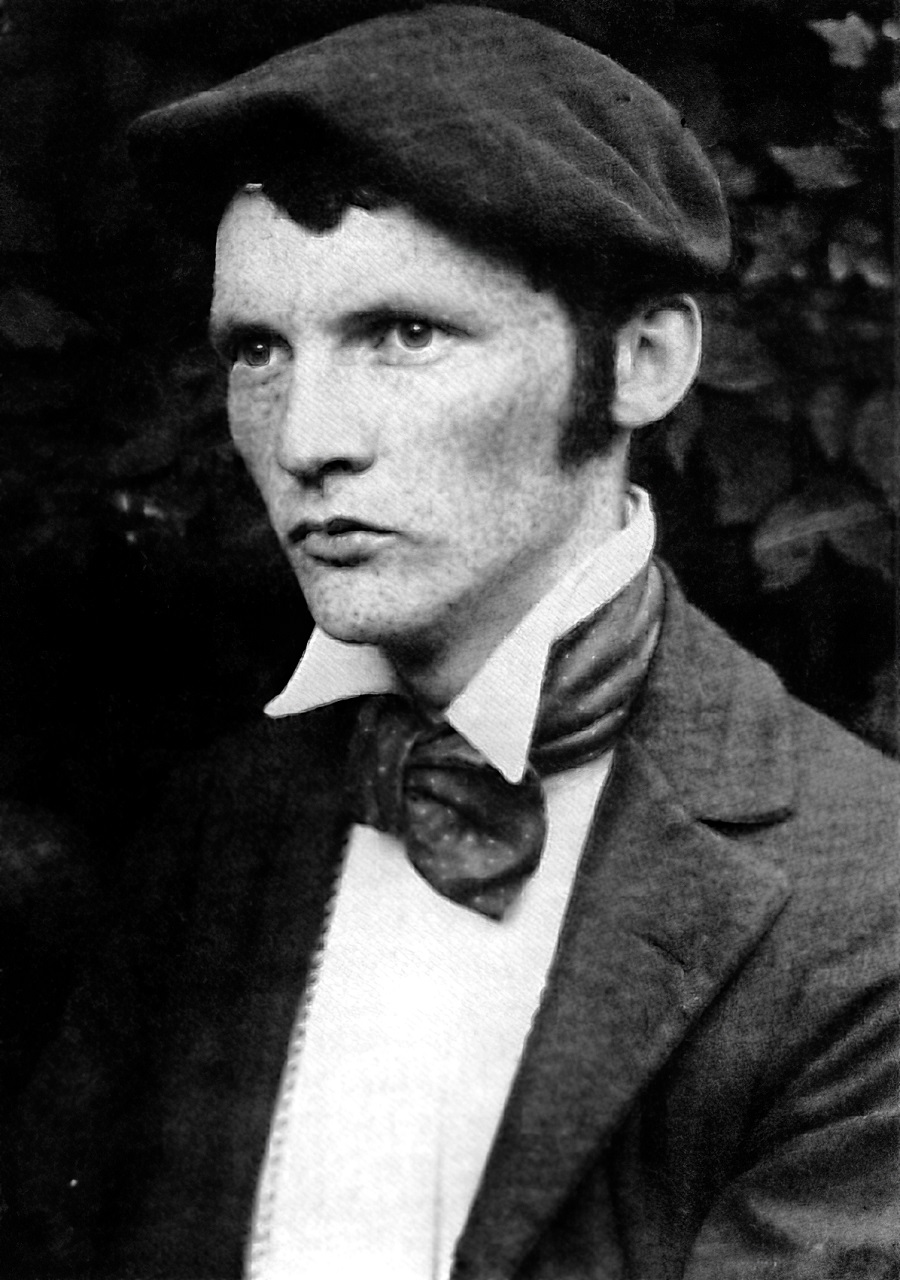
Heinrich Vogeler was a German artist and philosopher, a representative of the German Art Nouveau. A versatile and talented artist, he painted, watercolored, composed poems, designed, designed and decorated. Over time, his style of art changed over a wide range.
During World War I, from 1914 to 1917, Vogeler was on the Eastern Front as a volunteer and made sketches, which resulted in his pacifist sentiments.
In the mid-1920s he visited the Soviet Union several times and his impressions resulted in paintings in his own "complex style: "Karelia and Murmansk" (1926), "Building a New Life in the Soviet Republics of Central Asia" (1927), and "Baku" (1927). In 1931 Vogeler received an invitation to work in the USSR. The coming to power of the Nazis in Germany made it impossible for him to return home, and after Hitler's invasion Vogeler among many was deported to the Kazakh SSR, where he died.


Heinrich Bürkel was a German artist of the mid-nineteenth century. He is known as a painter and graphic artist, representative of the Biedermeier style.
Heinrich Bürkel specialized in genre and landscape paintings, especially winter landscapes. He often used Staffage and depicted animals. His work showed the influence of the old Dutch and Italian masters. Bürkel enjoyed great popularity, his paintings were actively acquired for private collections, including in America. The master painted about 1000 paintings and created about 6000 drawings.


Heinrich Johann von Zügel was a German painter of the late nineteenth century and the first half of the twentieth century. He is known as a painter who specialized in depicting farm animals in dramatic and humorous situations.
Von Zügel invested more than 40 years in the subject of "Hard Labor," depicting mostly the work of oxen. By creating 24 versions of this subject, the artist demonstrated the evolution of his skill from realistic detailing to cubic and monumental interpretation. Von Zügel also created light impressionist paintings, including a self-portrait at the age of 77. In addition to animals, he also painted portraits and cityscapes.
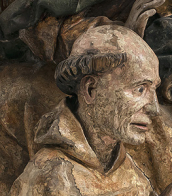
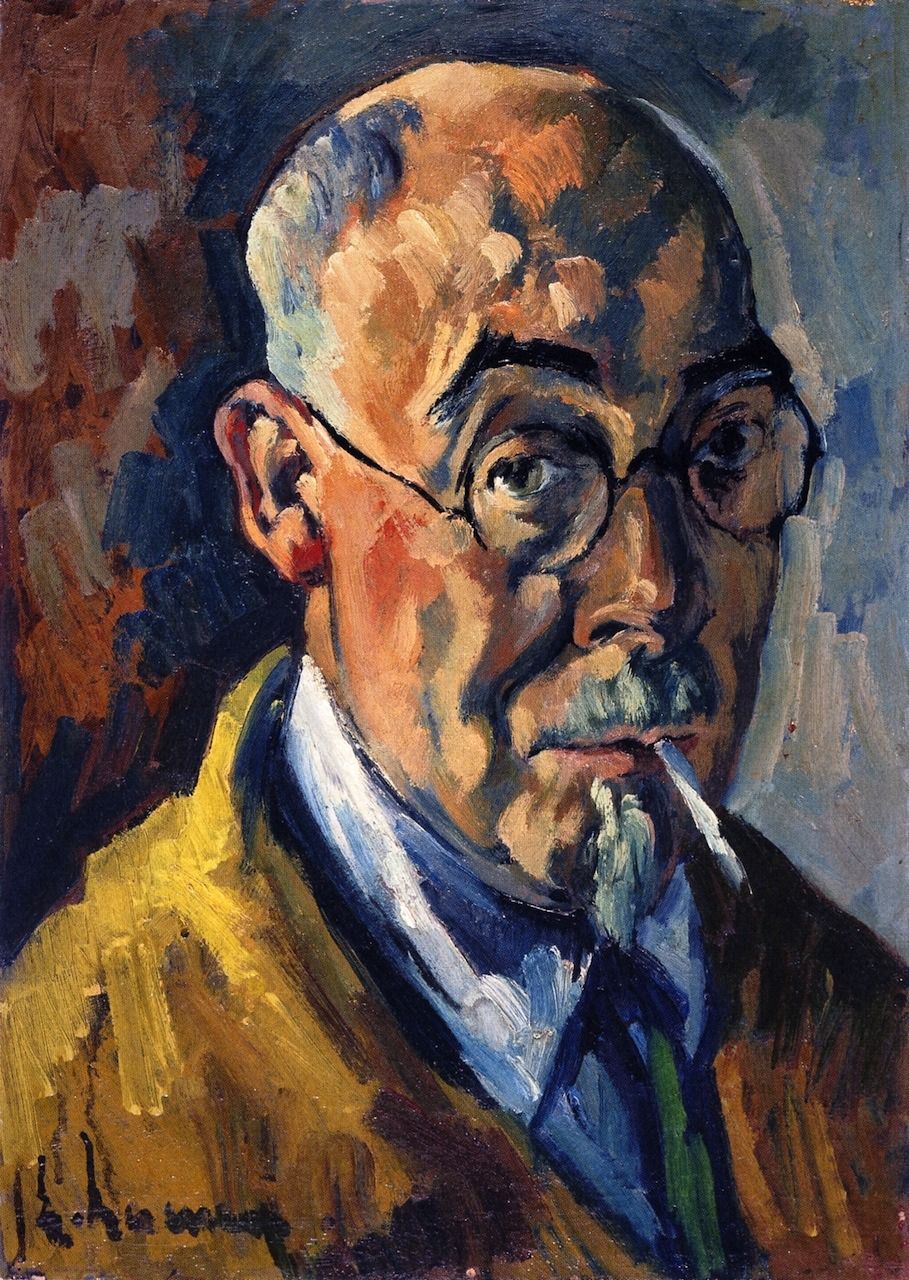
Heinrich Nauen was a German artist, teacher, a prominent representative of the Rhenish expressionism; creativity includes paintings, watercolors, drawings, printed graphics, monumental painting, mosaics and applied arts.
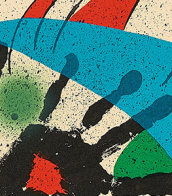

Heinrich Bürkel was a German artist of the mid-nineteenth century. He is known as a painter and graphic artist, representative of the Biedermeier style.
Heinrich Bürkel specialized in genre and landscape paintings, especially winter landscapes. He often used Staffage and depicted animals. His work showed the influence of the old Dutch and Italian masters. Bürkel enjoyed great popularity, his paintings were actively acquired for private collections, including in America. The master painted about 1000 paintings and created about 6000 drawings.
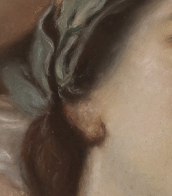

Heinrich Bürkel was a German artist of the mid-nineteenth century. He is known as a painter and graphic artist, representative of the Biedermeier style.
Heinrich Bürkel specialized in genre and landscape paintings, especially winter landscapes. He often used Staffage and depicted animals. His work showed the influence of the old Dutch and Italian masters. Bürkel enjoyed great popularity, his paintings were actively acquired for private collections, including in America. The master painted about 1000 paintings and created about 6000 drawings.



